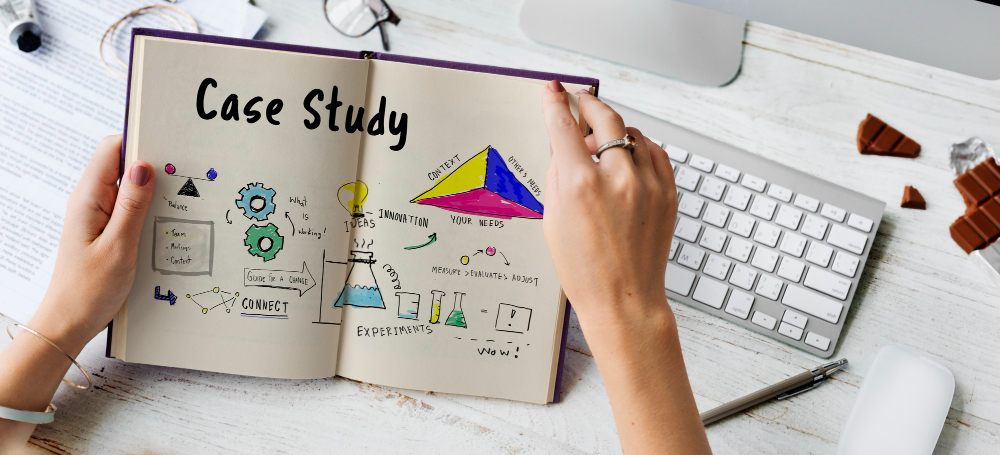Real-World Case Study: From Concept to Finished Stitch with NKEMB
Embroidery is more than just stitching thread onto fabric—it’s about bringing a brand’s vision to life through craftsmanship, precision, and thoughtful digitizing. At NKEMB, we pride ourselves on turning ideas into high-quality embroidered products that meet our clients’ exact needs. Today, we’re excited to share a real-world case study that highlights our process from initial concept to the final embroidered product.
The Client and Their Vision
A local fitness brand approached NKEMB with a unique challenge. They had a hand-drawn sketch of their new logo, created by their in-house designer. Their goal was to digitize this sketch and embroider it onto two different product types: gym towels and t-shirts. These items were intended to be part of their new merchandise line, designed to promote their brand identity while being functional and stylish for their customers.
The client wanted the embroidery to look sharp and professional, with consistent branding across both products. However, they were aware that the hand-drawn sketch wasn’t immediately suitable for embroidery—it needed refinement and digitizing expertise to translate well onto fabric.
Step 1: Vectorizing and Refining the Artwork
The first step in our process was to convert the hand-drawn sketch into a clean, digital format. We used vector graphic software to trace the sketch, creating smooth, precise lines. This vectorization was crucial because it allowed us to scale the logo without losing quality and gave us full control over the design elements.
During this stage, we also adjusted the proportions of the logo to make it symmetrical and balanced. Hand-drawn artwork often has slight inconsistencies in line thickness and spacing, which can affect the final embroidered look. By refining these details, we ensured the logo would appear crisp and professional once stitched.
Step 2: Simplifying the Design for Embroidery
Embroidery has physical limitations—fine details, tiny text, or overly complex patterns often don’t translate well into thread. To address this, we worked closely with the client to simplify certain parts of the design, removing unnecessary complexity that would cause stitching issues.
For example, very thin lines were thickened slightly, and intricate patterns were smoothed out. This step is critical because it helps maintain the integrity of the design while ensuring the embroidery process is efficient and the final product is durable.
Step 3: Digitizing for Different Fabrics
Next came the digitizing phase, where the refined vector artwork was converted into an embroidery file format. This step involves assigning stitch types, directions, densities, and underlay settings tailored to the fabric and product type.
Since the client wanted the logo embroidered on gym towels and t-shirts, we created two separate digitized files with different settings:
- For Towels: Towels have a thick, textured pile that requires looser stitch density and longer stitches to prevent the embroidery from becoming too dense or stiff. We also reinforced the underlay (the foundational stitching beneath the visible stitches) to stabilize the fabric and prevent puckering.
- For T-Shirts: T-shirts typically have a smoother, lighter fabric. For these, we used lighter underlay and tighter fill stitches to ensure the embroidery laid flat without causing the fabric to pucker or distort.
This dual approach ensured that the logo looked great and felt comfortable on both products, despite their very different fabric characteristics.
Step 4: In-House Testing and Sample Production
Before sending the files to the client, we conducted in-house test runs on both towels and t-shirts. This step is vital for quality control. It allowed us to:
- Check stitch quality and density.
- Verify color accuracy.
- Ensure the design’s proportions and placement were correct.
- Identify any potential issues with fabric distortion or thread tension.
After confirming the samples met our high standards, we sent them to the client for review.
Step 5: Client Feedback and Final Adjustments
The client was pleased with the initial samples but requested a few thread color adjustments to better match their brand palette. At NKEMB, we value client input and see it as an essential part of the process.
We quickly made the requested color changes, re-tested the samples, and sent updated proofs. The client approved the final versions, satisfied that their brand identity was accurately represented across both products.
Step 6: Delivery of Ready-to-Run Embroidery Files
With the design perfected and approved, we delivered the ready-to-run embroidery files to the client. These files were optimized for production machines, ensuring smooth, efficient stitching without the need for further adjustments.
The client was able to produce their gym towels and t-shirts with consistent, high-quality embroidery that enhanced their merchandise line and reinforced their brand identity.
Key Takeaways from This Project
This case study highlights several important lessons about the embroidery digitizing process:
- Attention to Detail Matters: From vectorizing the sketch to adjusting stitch settings for different fabrics, every step requires precision to achieve the best results.
- Communication is Crucial: Collaborating closely with the client ensured their vision was realized and that any concerns were addressed promptly.
- Fabric-Specific Digitizing: Different materials require different digitizing techniques. Understanding these nuances helps produce embroidery that looks great and lasts long.
- Flexibility and Revisions: Being open to client feedback and making quick adjustments leads to higher satisfaction and better final products.
Why Choose NKEMB for Your Embroidery Needs?
At NKEMB, our team combines technical expertise with creative problem-solving to bring your designs to life. Whether you have a hand-drawn sketch, a digital logo, or a complex graphic, we tailor our digitizing and embroidery process to suit your specific needs and fabric types.
Our commitment to quality, communication, and client satisfaction ensures that your embroidery projects are completed on time and to the highest standards.
Ready to Turn Your Design into Stunning Embroidery?
If you have a design ready for digitizing or need help refining your artwork for embroidery, NKEMB is here to assist. Contact us today to discuss your project, and let’s create something amazing together!


Leave a Reply